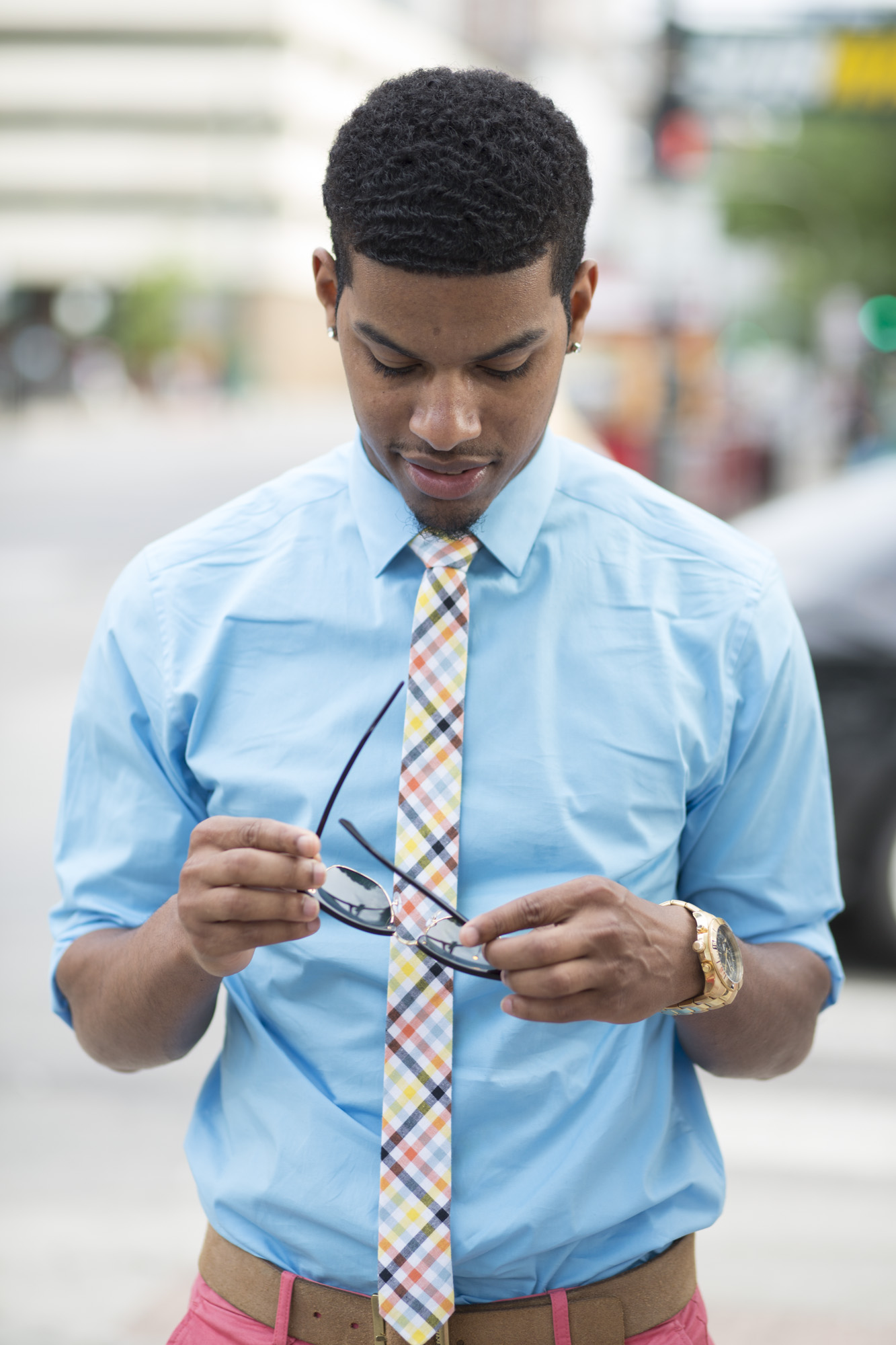Millennials are reshaping the retail industry. They’re looking for deals, not horse-and-mallet logos. They want a seamless shopping experience that melds the online and offline worlds. And they want authentic relationships with their favorite brands. In response to this shift in shopping habits, retailers are turning to experiential marketing strategies. They’re working.
Experiential marketing is all in the name. Millennials’ purchasing preferences add up to one thing: today’s shopper is more interested in buying in on an experience. Experiences, particularly shared experiences, are what connect us as humans. The camping trip with new friends, a night out with coworkers, the first smile on a first date. Those moments allow us to build the relationships that matter to us. While corporations (and brands) aren’t people, some companies are finding success through building a marketing strategy around sharing experiences with customers.
Today’s experiential marketing efforts attempt to deliver an emotional response. Trend Reportsbelieves experiential marketing is any strategy, “that aid[s] in the creation of a memorable customer experience.” Moderne Communications, an experiential marketing agency, has a longer explanation. For them, experiential marketing is a “method used to break through the chatter to reach today’s overstimulated consumer with live and personalized experiences where they can see, touch, and interact with products and services firsthand.” Emotional responses. Shared experiences. Authentic relationships. That’s how brands are breaking through the chatter.
The front line on the battleground for Millennials’ wallets is social media. Eyes on phones, finger on the “like” button, Millennials live in the digital world. They spend somewhere around six hours every day on social media or browsing the Internet. The first step to developing a relationship with this cohort of customers is to engage them where they spend 37% of their waking hours.
If experiential marketing aims to break through the chatter to reach overstimulated consumers, social media’s cry is heard above the rest. This is due to Millennials’ familiarity and trust with social channels. Marketing email? Eh, spam. Sponsored search result? No thanks. Like this page for a discount code? Sure. Let an app use information from your social media profile? No problem. In fact, Millennials even use social media as a shopping resource. Marketing chatter is loud and often unintelligible. Social media breaks through because this generation spends so much time, and is so comfortable, with social channels.
Social media, as an experiential marketing tool, reaches its intended audience. This reach helps benefit brands’ bottom lines. A recent KPMG report looks at a variety of factors making an impact on businesses. 71% – the highest such percentage – of companies believe social media is having a big impact on their businesses. Ignite Social Media highlights a number of studies that suggest Facebook influences consumer purchase decisions. Thrive Commerce points to a study that finds consumers are 71% more likely to buy from brands they “like” on Facebook or follow on Twitter. There are certainly mixed opinions on whether or not social media can positively affect a business’ bottom line. Yet there is a lot of evidence that supports the idea of social as a must-have for experiential marketing strategists.
Experiential marketing is about developing an omnichannel experience. it’s about creating a seamless shopping experience between the digital and physical worlds. Social media helps brands connect with Millennial consumers on comfortable grounds. On digital grounds. But it’s not the only way companies create authentic relationships. The in-store experience is as important, even more so, than the virtual experience. Consider the following experiential marketing stunts that helped drive awareness for a particular product or event.
In 2013, Royal Caribbean Cruise Lines presented passengers with virtual balconies – video of a real-time stream of the ocean in their cabins. In 2007, 20th Century Fox partnered with 7-11 to turn a number of convenience stores into Kwik-e-Mart lookalikes, to promote the Simpsons Movie. Ikea, in 2011, invited 100 Facebook fans to spend the night at a London location.
These types of experiences elicit emotional responses from customers. They are memorable. They are creative. They turn a brand from a name on a billboard into a specific memory, a memory of interacting with that name. Shopping experiences like these build authentic relationships through shared memories. Just like social media campaigns, experiential marketing efforts in the physical world represent quantifiable results for retailers.
In 2014, the Event Marketing Institute released a special Event and Experiential Marketing Industry Best Practices report. The report surveyed over 600 corporations and looked at three years of data. The report found that 14% of brands realized an ROI increase of over five-to-one, due to experiential marketing events and strategies. That number is up from just 7% in 2013. 96% of consumers who responded to the survey say participating in an event or experience made them more likely to make a purchase. More importantly, nearly 75% of consumers reported that they would become regular customers after attending an event.
Experiential Marketing doesn’t have to be about a singular event. Warby Parker opened a number ofwarehouses to showcase all of their eyeglass frames. Sales in the zip codes surrounding the warehouses jumped. Even online sales from zipcodes near the warehouses grew after the warehouse openings. Bonobos rolled out Guide Shops, places that have no inventory, but where customers may try on clothing. Bonobos recently raised $55 million in funding and reports that their Guide Shops have been profitable.
Social media is a relatively cheap form of experiential marketing. Leasing a warehouse, or operating a traveling pop-up shop, may not be. Luckily brands that already have a physical presence can turn to other technologies to create an experience.
Macy’s, for instance, is using RFID (radio frequency identification – think automatic toll collection devices in cars) technology to interact with shoppers. Customers in stores may opt in to receive discount codes or product information while in a Macy’s store. Some bars allow customers to use hashtags on social media to post their tweets or Instagram images on a screen that the other customers can see. These types of strategies allow customers to interact with brands, as well as drive awareness of the companies.
Though their ROI measurement tools aren’t always precise, there’s enough evidence to suggest experiential marketing strategies provide a benefit for the brands that employ them. These strategies work because they play into Millennials’ preference for purchasing experiences. Millennials use experiences to connect with one another, to build relationships with each other. By delivering a memorable shopping experience, brands can establish authentic relationships with their customers.
The impact brands seek to deliver through experiential marketing is sales growth, through increased consumer brand awareness and product knowledge. As we have learned, Millennials are a rather discerning cohort when it comes to the retail purchases they make. In order to entice this price-conscious generation into spending their $200 billion, brands must build relationships with their Millennial customers through experiential marketing.
- Pop Up 101: How To Design Your Pop-Up Store Layout - September 7, 2020
- 5 Reasons Why Your Brand Should Host a Holiday Pop-Up Store - December 10, 2017
- 4 Ways To Capitalize On The “Retail Crisis” in NYC - August 4, 2017








